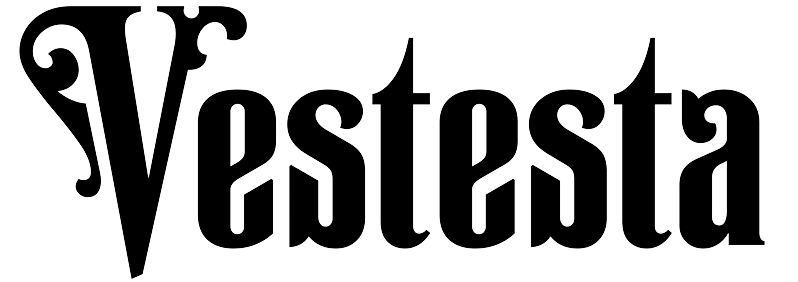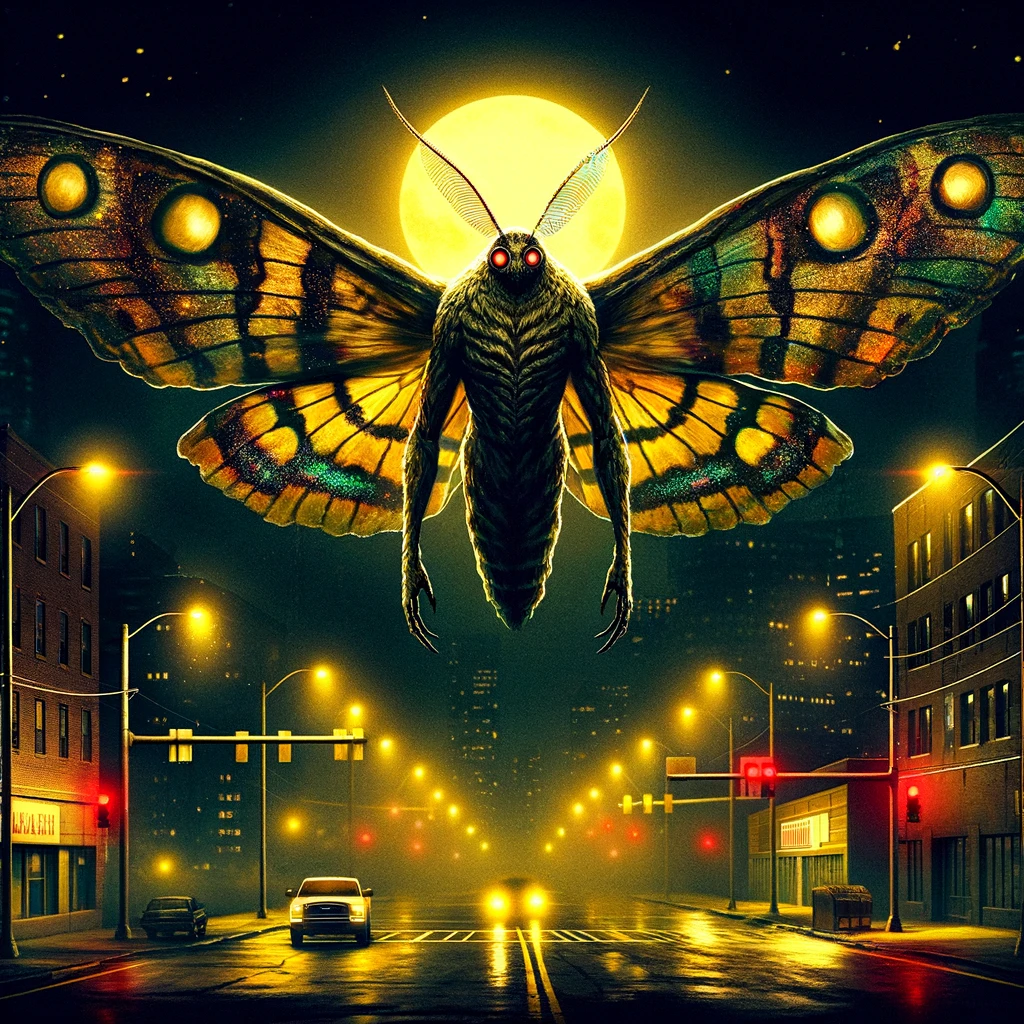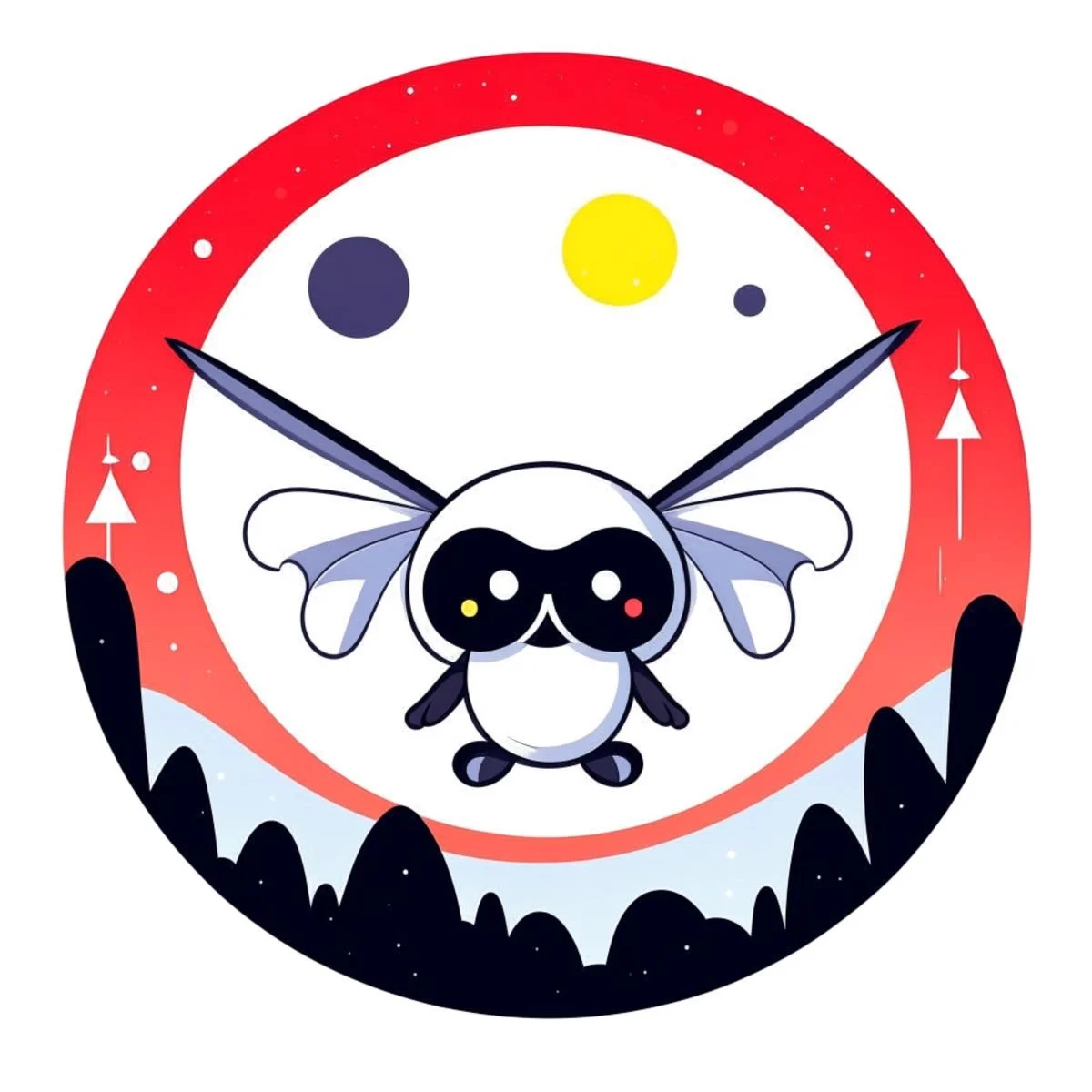Within the intricate weave of modern mythology, the Mothman stands as a figure enshrouded in profound mystery and allure. Emerging from the misty backdrop of Point Pleasant, this winged enigma has risen beyond the realm of mere cryptid folklore to embody a deep, archetypal significance in our cultural narrative. The Mothman’s saga, interlaced with eerie sightings and profound speculation, unfolds as a narrative replete with rich symbolism and archetypal depth.
In ‘Decoding the Mothman: Symbolism and Archetypes in Modern Mythology,’ we embark on an explorative journey to unravel the complex tapestry of meanings that the Mothman has come to represent. This exploration delves into the diverse roles the Mothman assumes in the collective psyche, shedding light on the profound insights it offers about our society, fears, and unconscious minds.
The Mothman’s narrative transcends the conventional bounds of mysterious creature tales, inviting us to probe deeper into the underlying themes and archetypes that it personifies. From embodying societal anxieties and environmental warnings to representing the shadowy recesses of the human psyche, the Mothman emerges as a multifaceted symbol in the lexicon of contemporary mythology. Join us as we dissect the layers of this enigmatic figure, understanding what it reflects about our collective imagination and the ever-evolving human condition.
The Mothman as a Cultural Symbol: A Reflection of Fear, Nature, and Media Influence
A Harbinger of Doom and Collective Fear
The Mothman, often perceived as a foreboding omen, has come to symbolize societal anxieties, embodying our collective fears of disaster and the unknown. Its appearances, frequently preceding tragic events, have cemented its reputation as a portent of doom. This aspect of the Mothman mythos mirrors our deep-rooted concerns about unforeseen calamities and the lurking dangers that could befall society.
Embodiment of the Unknown: The Heart of Human Fear
The enigmatic nature of the Mothman, with its elusive and often unexplained sightings, represents the human fear of the unknown. It epitomizes our unease with phenomena that defy logical explanation, tapping into the primal dread of what lies beyond the periphery of human understanding.
The Mothman in Environmental Context
Nature vs. Industrialization: A Symbolic Struggle
The Mothman’s frequent association with the abandoned TNT area near Point Pleasant brings into focus the ongoing tension between nature and industrialization. This juxtaposition raises poignant questions about environmental degradation, the impact of human activity on natural habitats, and the unforeseen consequences that arise from such interventions.
A Guardian or a Warning? Interpreting Environmental Messages
For some, the Mothman is interpreted as a guardian of the natural world, its appearances serving as stark warnings against ecological negligence. This perspective views the Mothman as a symbolic reminder of the delicate balance between nature and human progress and the potential hazards of industrial recklessness.
The Impact of Popular Media
From Folklore to Pop Culture Icon: The Mothman’s Media Journey
The transformation of the Mothman from a localized legend into a widely recognized pop culture icon underscores the influential power of storytelling. Media portrayals have played a pivotal role in shaping and perpetuating the Mothman as a cultural symbol, expanding its reach and significance far beyond its Point Pleasant origins.
Varied Interpretations: The Mothman’s Many Faces in Media
The portrayal of the Mothman in films, literature, and art exhibits a remarkable diversity, highlighting the versatility of cultural symbols. These varied interpretations demonstrate how a single symbol can be adapted and reimagined across different contexts and mediums. Each depiction adds a new dimension to the Mothman mythos, reflecting the changing attitudes, values, and creative visions of different eras and societies.
The Mothman’s Resonance in Modern Culture
The Mothman’s evolution from a cryptid sighting to a multifaceted cultural symbol captures the essence of how folklore can permeate and influence various aspects of society. Whether viewed as a harbinger of doom, a reflection of environmental concerns, or a canvas for artistic expression, the Mothman continues to resonate with people worldwide. Its enduring presence in art, literature, and media not only entertains but also provokes thought and discussion, making the Mothman a timeless figure in the tapestry of cultural mythology.
The Mothman as an Archetype: Exploring the Depths of Collective Psyche
The Shadow Archetype: A Reflection of Our Deepest Fears
In the context of Jungian psychology, the Mothman can be perceived as a powerful embodiment of the shadow archetype from the collective unconscious. This concept represents the repressed, darker aspects of the human psyche, those unknown or unacknowledged parts that lie beneath our conscious awareness. The Mothman, with its ominous presence and mysterious nature, aptly symbolizes these hidden fears and uncertainties that dwell within us all.
Confrontation with the Self: A Journey of Understanding
Encounters with the Mothman echo the Jungian process of confronting the shadow self. This encounter is not just a brush with fear but a necessary step towards personal growth and self-understanding. The Mothman, in this sense, acts as a catalyst, forcing individuals to face their inner darkness, unexplored emotions, and the complexities of their own nature.
Modern Mythology and Archetypal Roles
A Contemporary Myth: The Mothman’s Symbolic Roles
The Mothman transcends its cryptid origins to become a modern mythic figure. It occupies various archetypal roles in the narrative of contemporary folklore, such as the trickster, who disrupts the ordinary; the harbinger, who foreshadows events; and the shape-shifter, embodying the fluidity of truth and perception. These roles reflect the multifaceted nature of the Mothman as a symbol within our modern myths.
Universal Themes: Echoing Across Cultures
The themes surrounding the Mothman—fear, forewarning, and transformation—are universally resonant. They illustrate the timeless and cross-cultural nature of archetypes in storytelling, showcasing how certain motifs and symbols can echo across different societies and eras, tapping into the collective human experience.
Implications in Contemporary Society
A Mirror to Our World: Reflecting Societal Concerns
The Mothman symbolizes more than just a cryptid; it reflects pressing contemporary societal issues. From environmental crises highlighted by its association with the TNT area to the challenges of grappling with the unexplainable in an age dominated by science and reason, the Mothman serves as a metaphorical mirror to our current world.
Influence on Collective Consciousness: Shaping Perceptions
As an archetypal figure, the Mothman exerts a significant influence on our collective consciousness. It shapes how we perceive and interact with the mysteries and supernatural aspects of our world. The Mothman archetype encourages a deeper exploration of our relationship with the natural world and our understanding of the unknown, influencing our collective narrative and perceptions of mystery and the supernatural.
The Mothman’s Archetypal Resonance
The Mothman, as an archetype, holds a significant place in the tapestry of modern mythology and collective psychology. It embodies deep-seated fears, societal reflections, and universal themes, transcending its origins to become a symbol of the human experience. The Mothman’s story continues to fascinate and provoke thought, demonstrating the enduring power and relevance of archetypes in understanding ourselves and the world around us.
The Mothman transcends its origins as a cryptid or mere figment of imagination to emerge as a profound symbol and archetype in the tapestry of modern mythology. It embodies the multifaceted nature of human fears, our innate struggle with the unknown, and the intricate narratives we weave to contextualize the inexplicable phenomena that surround us. As our society continues to evolve and confront new challenges and mysteries, so too does the symbolism of the Mothman, adapting and reflecting our collective journey through the unknown.
In the rich landscape of contemporary lore and legend, the Mothman holds a unique place. It is not just a story or a sighting; it is a mirror to our collective anxieties, a beacon that shines light on our deepest uncertainties and unspoken fears. The Mothman’s enduring allure lies in its ability to encapsulate a spectrum of human experiences – from the primal fear of what lurks in the dark to the intellectual curiosity that drives us to explore the uncharted corners of our existence.
As a cultural phenomenon, the Mothman continues to captivate and intrigue, proving that legends and myths, like shadows, grow and morph with time. Its presence in art, literature, and popular discourse serves as a reminder of the power of myth to engage, to mystify, and to impart meaning. The Mothman, in its mysterious grandeur, remains a pivotal figure in the realm of modern mythology, a testament to humanity’s enduring fascination with the mysteries that flutter just beyond the edge of our understanding and imagination.






0 Comments